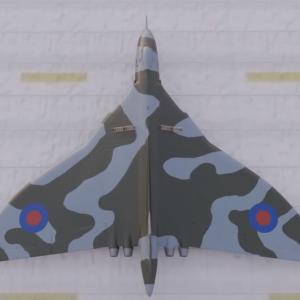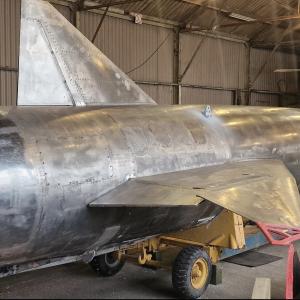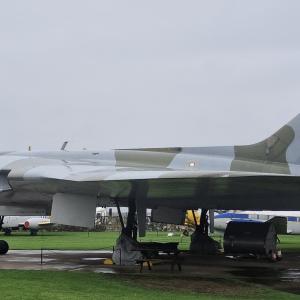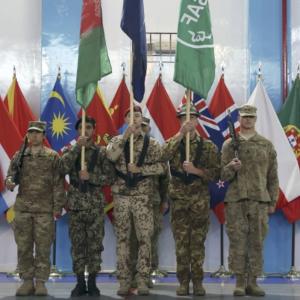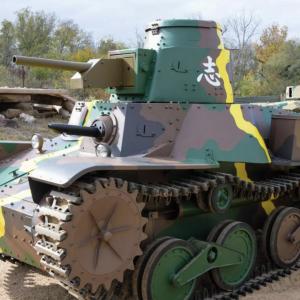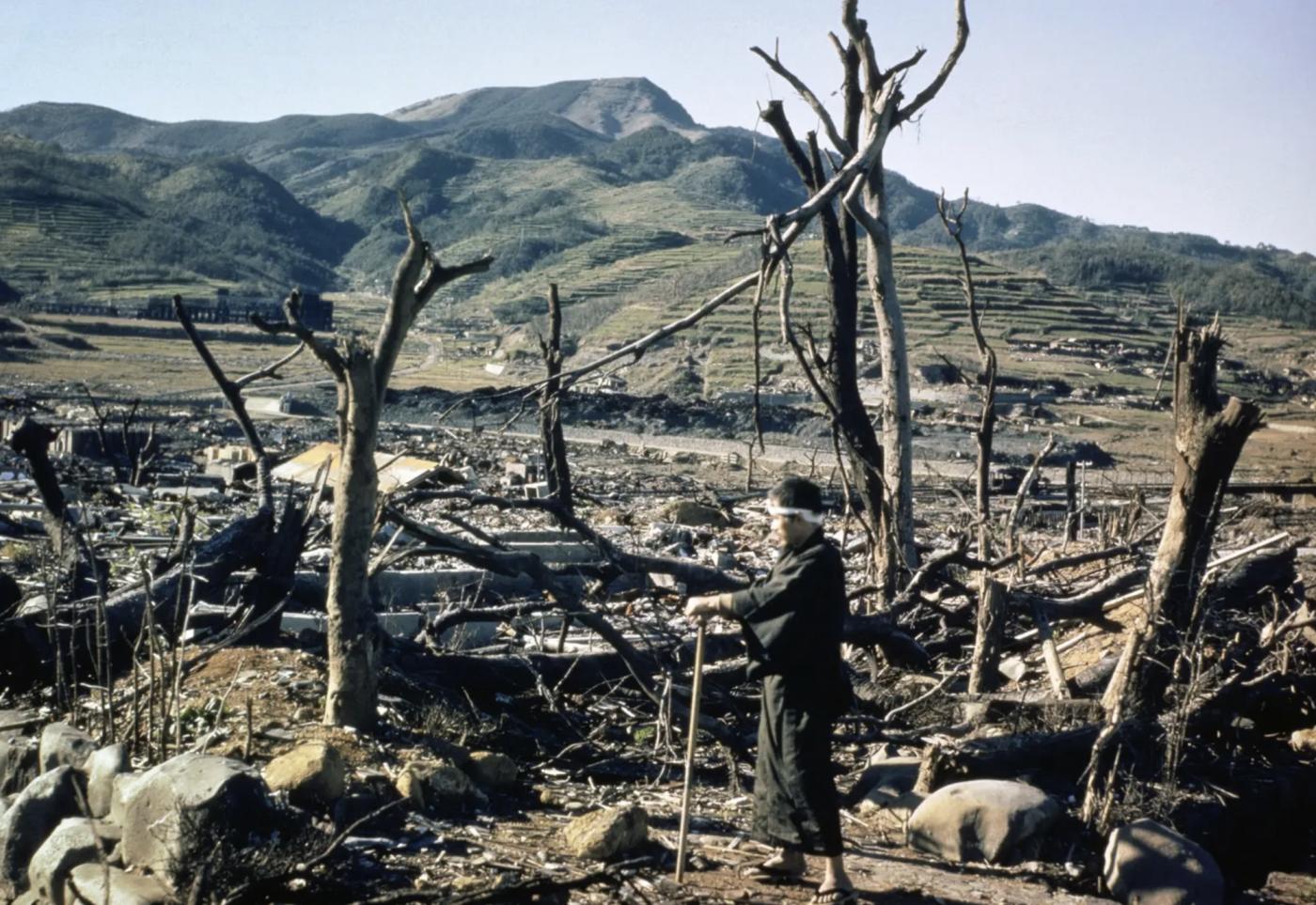
On this day in military history…
On August 9, 1945, just three days after the destruction of Hiroshima, the United States dropped a second atomic bomb on the Japanese city of Nagasaki. This marked the final use of nuclear weapons in warfare to date. The weapon, known as "Fat Man," was a plutonium implosion-type bomb and was more powerful than the uranium-based bomb used on Hiroshima.
The American leadership, under President Harry S. Truman, believed that a second atomic strike might compel Japan to surrender unconditionally, as outlined in the Potsdam Declaration. Japan had not surrendered following the Hiroshima bombing, and military leaders feared a long and costly invasion of the Japanese mainland if the war continued.
The original target on August 9 was the city of Kokura, home to a major arsenal. However, due to heavy cloud cover and smoke from a previous bombing raid, the B-29 bomber "Bockscar," piloted by Major Charles Sweeney, was unable to visually confirm the target. After multiple unsuccessful passes over Kokura, the crew diverted to the secondary target: Nagasaki.
At 11:02 AM local time, the "Fat Man" bomb was released from about 30,000 feet. It detonated approximately 1,650 feet above the Urakami Valley in northern Nagasaki. The bomb had an explosive yield of around 21 kilotons of TNT. The surrounding hills and valleys helped contain the blast, so the area of total destruction was smaller than that of Hiroshima, but the force of the bomb was greater.
Despite the terrain, the damage was immense. The explosion destroyed or heavily damaged most structures within a 1.5-mile radius. Fires broke out across the city, and a massive mushroom cloud rose more than 11 miles into the sky. Industrial sites, residential areas, hospitals, and schools were reduced to rubble. Survivors described a blinding flash, a roar of wind, and buildings crumbling in an instant.
It is estimated that between 39,000 and 80,000 people died as a result of the bombing. Approximately 40,000 died instantly or within the first day, while tens of thousands more died in the following weeks and months due to injuries, burns, and radiation sickness. By the end of 1945, the total death toll reached an estimated 74,000. Among the dead were civilians, workers, children, and thousands of Korean forced laborers brought to Japan during the war.
In addition to the dead, another 60,000 to 80,000 people were injured. Many of them suffered from severe burns, crushed limbs, or exposure to intense radiation. Long-term health effects included cancer, birth defects in children of survivors, and psychological trauma. Survivors, known in Japan as "hibakusha," faced discrimination and health challenges for the rest of their lives.
On August 15, 1945, six days after the bombing of Nagasaki, Japan announced its surrender. World War II formally ended on September 2, 1945. The bombings of Hiroshima and Nagasaki remain controversial. Supporters argue that they were necessary to end the war quickly and save lives that would have been lost in a full-scale invasion. Critics argue that Japan was already nearing defeat and that the bombings inflicted unnecessary suffering on civilians.
Today, Nagasaki stands as a symbol of the human cost of nuclear war. Peace memorials and museums in the city remind future generations of the devastation that nuclear weapons can cause and the importance of working toward global disarmament.

